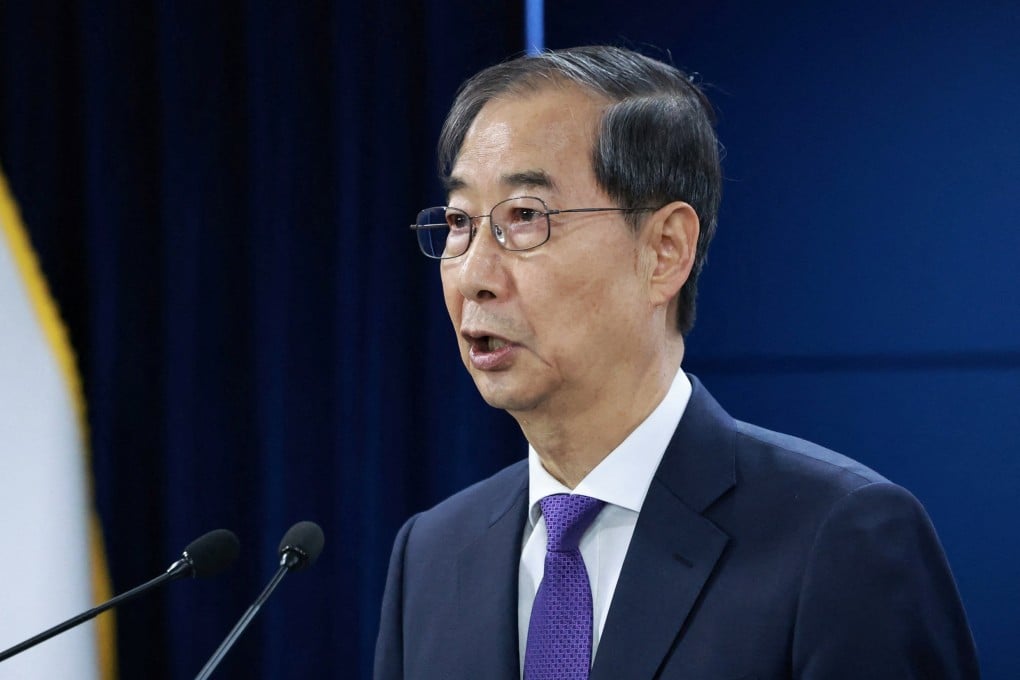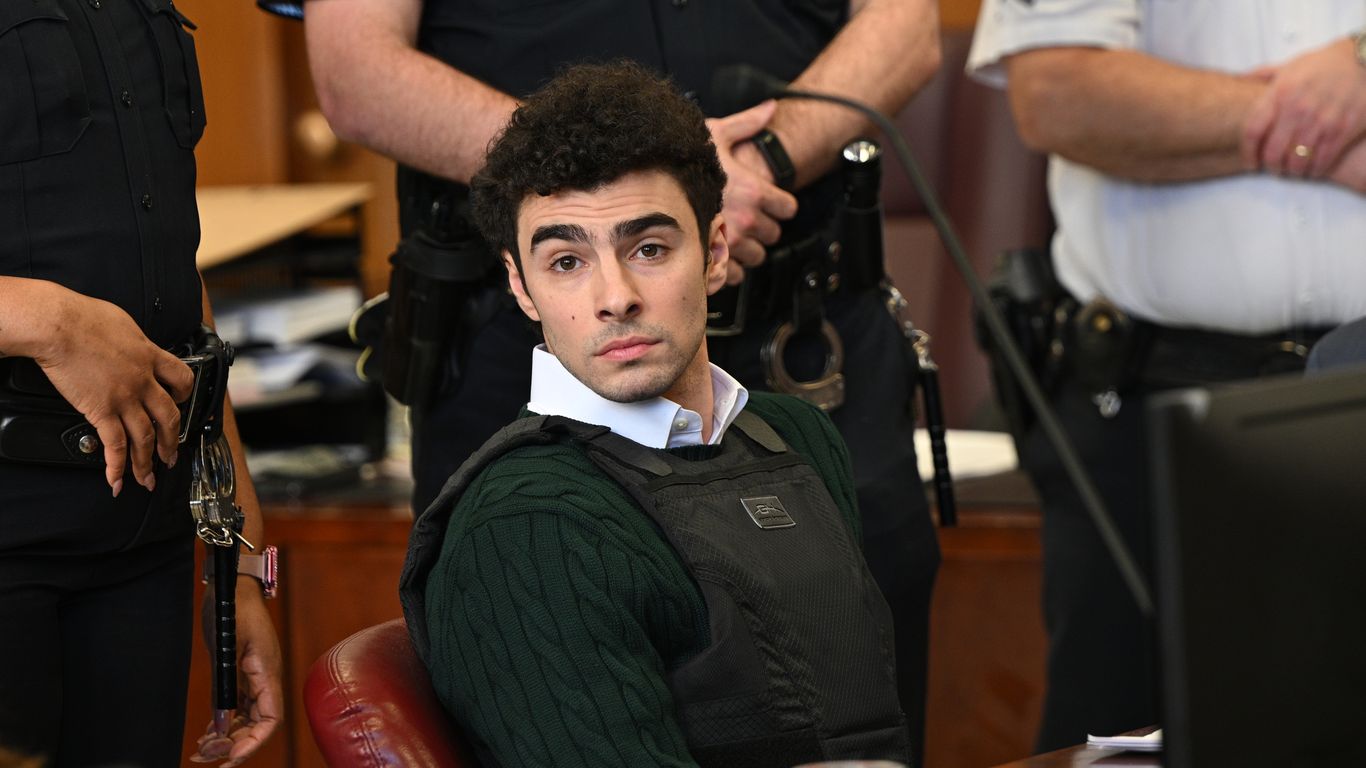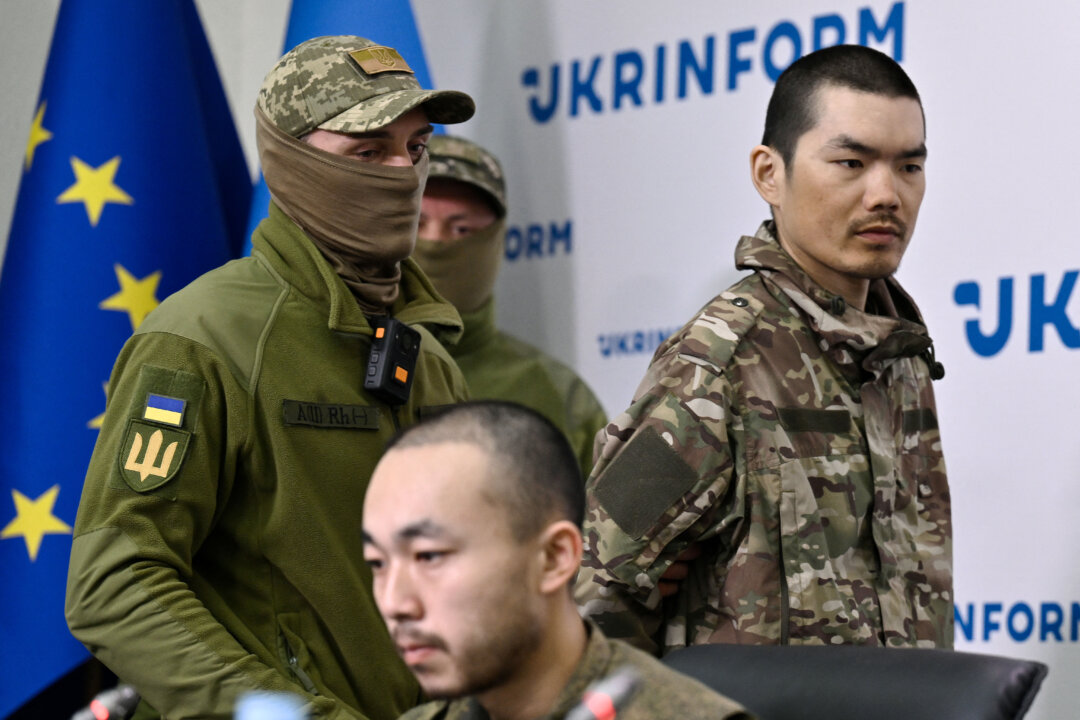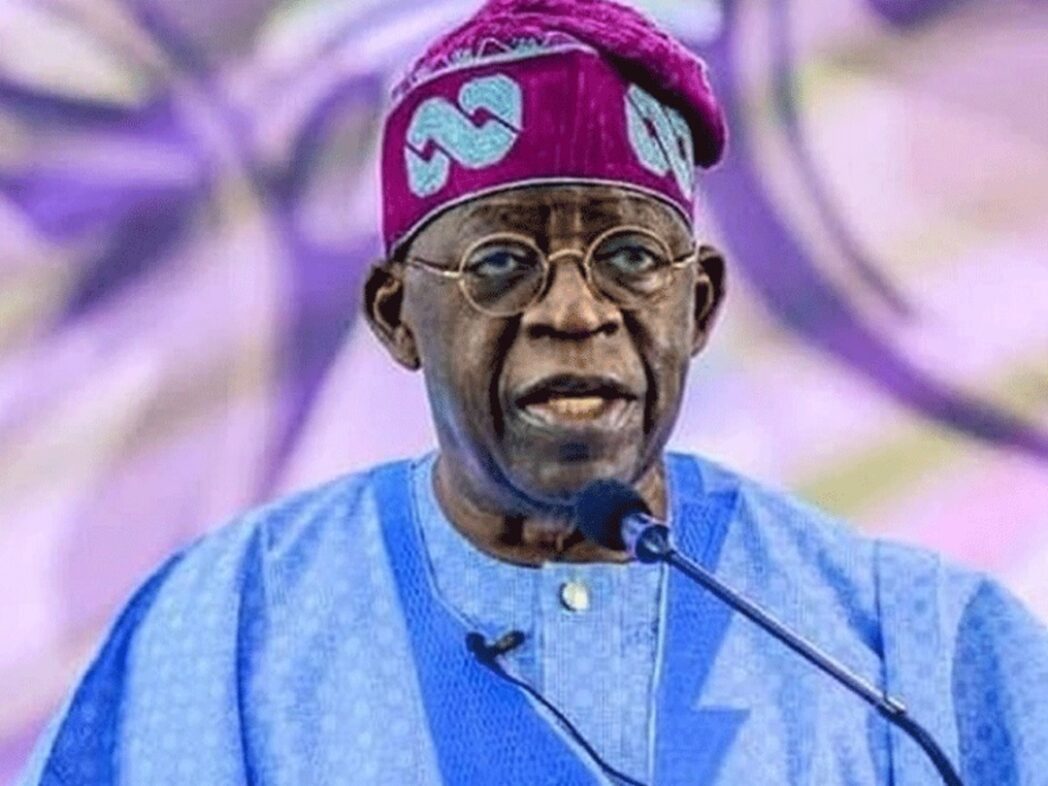Qatar tribune Hanane Djoua On any given day across Qatar Foundation’s network of schools, a visitor might encounter a vivid mural exploring themes of resilience and identity, hear the harmonies of young voices rehearsing for a musical, or witness students passionately discussing the symbolism in a peer’s painting about global conflict. These are not extracurricular embellishments — they are foundational pillars of a vision for education that places creativity, confidence, and cultural awareness at its core. At a time when global education systems are increasingly shaped by test scores and standardized assessments, Qatar Foundation (QF) stands apart for its deep investment in the arts as an integral force in shaping tomorrow’s leaders.
Through initiatives that span musical theatre, visual exhibitions, community-based performances, and cross-cultural collaborations, QF schools are fostering generations of students who are not only academically capable, but who also possess the empathy, voice, and confidence to advocate for the causes that matter to them. A Culture of Advocacy Through Artistic Expression Sara Al-Hajri, Director of Student Affairs and Community Engagement at Qatar Foundation, describes this vision with clarity and conviction: “Our schools are deeply committed to providing authentic, real-world opportunities for students to express themselves and advocate for meaningful causes through the arts,” she told Qatar Tribune. “Large-scale initiatives like Creative Currents allow students to exhibit their visual art professionally, while Showtime! empowers them to communicate powerful stories through musical theater.

Students also participate in prestigious events such as the Al Ghorrah Festival.” Al-Hajri emphasizes that these are not occasional showcases, but ongoing conversations embedded in school life. “Individual schools regularly organize arts-based projects and performances that further amplify student voice at the school community level, creating a strong culture of expression and advocacy across all campuses.
” Among the most impactful examples is the Creative Currents exhibition, where student artwork exploring identity, community, and global challenges is displayed in gallery settings. “These exhibitions spark meaningful conversations within and beyond our schools,” Al-Hajri explained. “We’ve seen powerful discussions arise around topics like migration, climate change, and cultural belonging.
” One especially poignant initiative was a student-organized exhibition titled Palestine Taught Me, which brought together young artists from across Qatar to reflect on the values of justice, resistance, and solidarity. “Students conveyed messages of belonging and humanitarian awareness through a powerful exhibition and art competition,” she said. “The artworks became visual narratives of empathy, historical understanding, and hope.
” According to Al-Hajri, such initiatives are crucial in shaping globally aware citizens who care about justice and equality. “The community’s response to Palestine Taught Me was overwhelmingly positive. Families, educators, and students alike saw how the arts could raise awareness, promote dialogue, and encourage active citizenship.
” Finding Voice and Healing Through Visual Arts Hessa Al Thani, a Qatari art teacher at Awsaj Academy, echoed the transformative role of visual art in shaping students’ emotional well-being and identity. “Art gives students a powerful language that goes beyond words,” she said. “When students create, they externalize complex feelings and experiences.
It becomes a mirror through which they see themselves more clearly—and a window for others to understand them.” For Al Thani, the emotional dimension of arts education is critical. “Art encourages self-expression, reduces stress, and builds confidence.
I’ve seen shy or anxious students come alive through their art. It gives them a sense of purpose and belonging.” She recalled the emotional depth of Palestine Taught Me, where students explored themes of compassion, justice, and resistance through powerful visual symbols.
“Their artworks were rich with emotion. Some expressed pain and empathy for Palestinian children; others conveyed hope and strength. Symbols like olive trees, doves, the Dome of the Rock, and broken chains appeared again and again—each carrying the weight of heritage and dreams for liberation.
” For many students, the process of creating became an act of healing. “They realized their thoughts and feelings mattered,” Al Thani noted. “Even at a young age, they saw that their art could contribute to dialogue and change.
” Al Thani insists that meaningful arts education starts with listening. “We begin every project with a question or a story. We invite students into open conversations about social issues, history, and culture.
It’s not just about technique—it’s about meaning, awareness, and purpose.” Performing Arts as a Laboratory of Confidence and Collaboration If visual art provides students with tools for introspection, the performing arts offer a vibrant space for transformation. “Participating in performing arts builds self-confidence by encouraging students to take creative risks, perform publicly, and embrace self-expression,” said Aisha AlSultan, Coordinator of Performing Arts at Qatar Foundation.
In initiatives like Showtime! and Summer and Winter Serenades, students are offered real-world performance experiences. “These events are not just school plays. They are high-caliber productions that mirror professional settings, with creative teams drawn from across the MENA region,” AlSultan said.
The 2025 edition of Showtime!, titled The Yellow Brick Road, was a standout. Inspired by The Wizard of Oz, the production was reimagined with a Qatari cultural lens. “We adapted the storyline and setting to resonate more deeply with our local culture, making the performance both familiar and fresh,” AlSultan explained.
“We also integrated Arabic into 60% of the script, reinforcing the connection between artistic expression, heritage, and academic growth.” As rehearsals progressed, the transformations were unmistakable. “We saw students grow remarkably—artistically, socially, and emotionally,” said AlSultan.
“Parents told us how their children became more expressive, disciplined, and self-assured. Many students stepped up to request bigger roles or reveal hidden talents. That shift in initiative was powerful.
” Performing arts also sharpen emotional intelligence. “Theatre and music require students to understand and express a range of emotions,” AlSultan explained. “They learn empathy by stepping into the shoes of others.
They collaborate, compromise, and build trust with peers.” Beyond stage skills, these experiences shape character. “Our students become more resilient and reflective,” she added.
“They carry this confidence into the classroom, their communities, and beyond.” Arts as a Conduit for Cultural Dialogue At the heart of QF’s philosophy is the belief that students are not just learners—they are cultural ambassadors. From Showtime! to school-wide exhibitions and international festivals, students are encouraged to engage with both their local heritage and global narratives.
“Participation in events like Al Ghorrah Festival or Serenades strengthens students’ sense of cultural pride while fostering openness to global perspectives,” said Al-Hajri. “Through these experiences, students celebrate Qatari heritage, engage with diverse artistic forms, and learn to see themselves as ambassadors of dialogue and positive change.” These opportunities create spaces where storytelling, identity, and language converge.
“We want our students to feel rooted in their culture while being open to the world,” Al-Hajri said. “By making Arabic central to many of our performances, we help students connect emotionally with their linguistic heritage.” Building the Future Through the Arts What emerges across Qatar Foundation’s arts programs is a model of education where creativity is not an afterthought—it is a catalyst for growth, leadership, and transformation.
These programs do more than prepare students for galleries or stages; they prepare them for life. “We see the arts as essential to shaping confident, empathetic, and intellectually curious students,” said Al-Hajri. “They don’t just learn how to draw or perform—they learn how to think critically, express themselves authentically, and advocate for what they believe in.
” From visual storytelling that honors cultural identity, to collaborative performances that build teamwork and resilience, QF’s commitment to the arts is a statement about the kind of future it envisions: one led by reflective, compassionate, and empowered individuals. As Hessa Al Thani reminds us, “When we give students the space to reflect and respond to real-world issues through art, we’re not just nurturing creativity—we’re nurturing citizenship.” Qatar Foundation’s commitment to nurturing creativity, confidence, and advocacy through the arts is a testament to the foundational role that arts education plays in developing culturally grounded, globally aware, and emotionally intelligent students.
Through initiatives like Creative Currents, Palestine Taught Me, Showtime!, and the Serenades, Qatar Foundation schools continue to empower their students, helping them find their voices, express their identities, and contribute meaningfully to their communities and the world. And perhaps in today’s world, there is no greater lesson an education system can offer. Copy 30/04/2025 10.
Politics

How QF schools use arts to shape confident, empathetic, and culturally-rooted students

Hanane DjouaOn any given day across Qatar Foundation’s network of schools, a visitor might encounter a vivid mural exploring themes of resilience and identity, hear the harmonies o...















